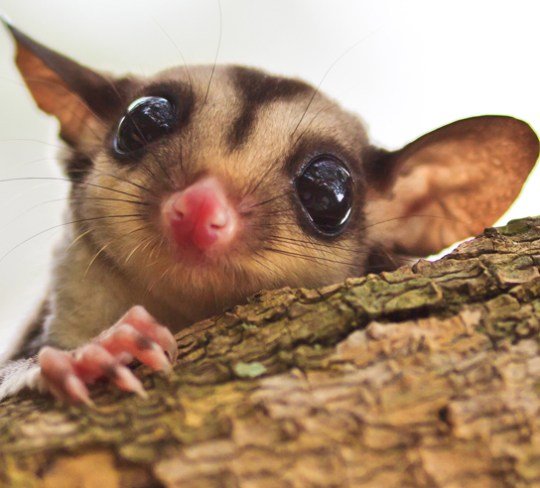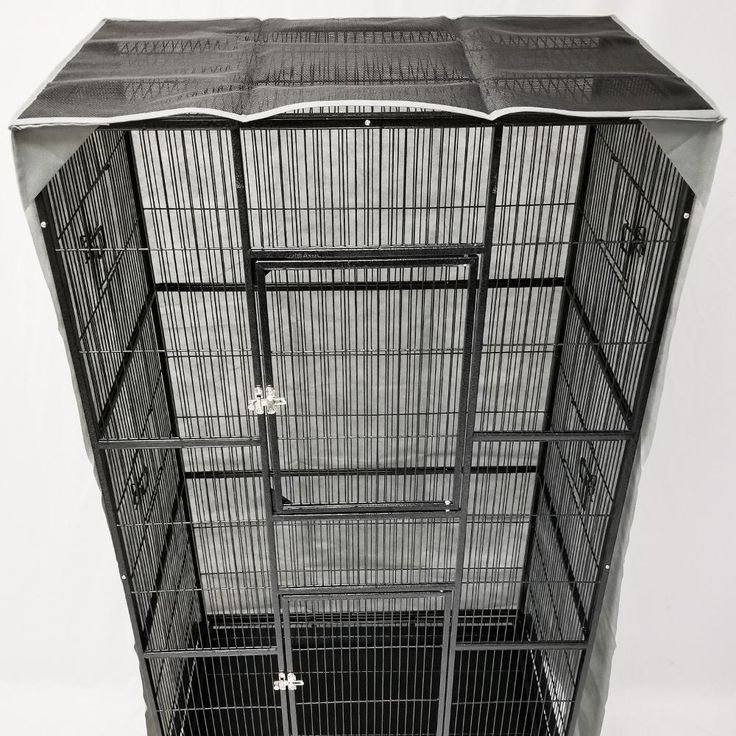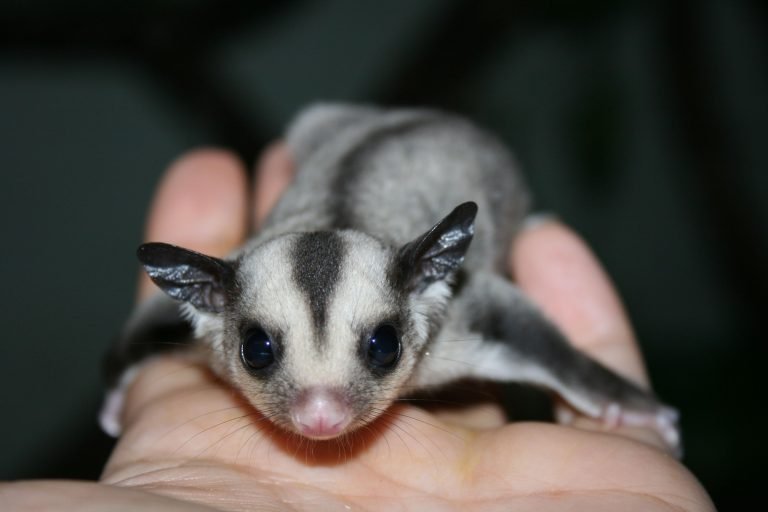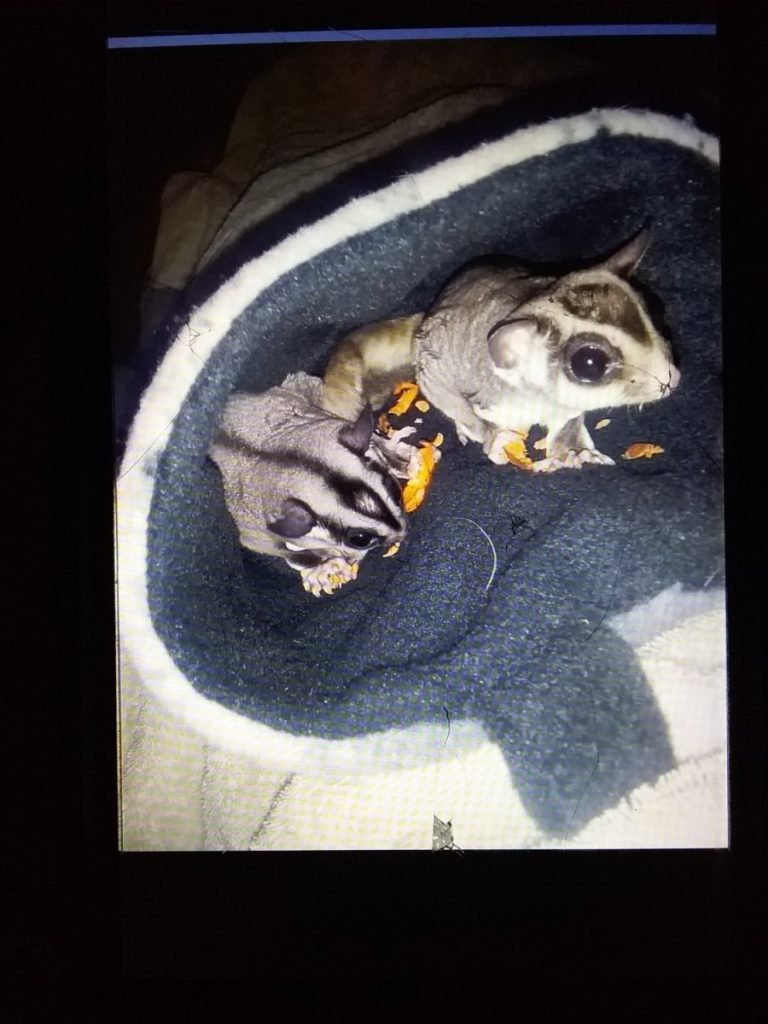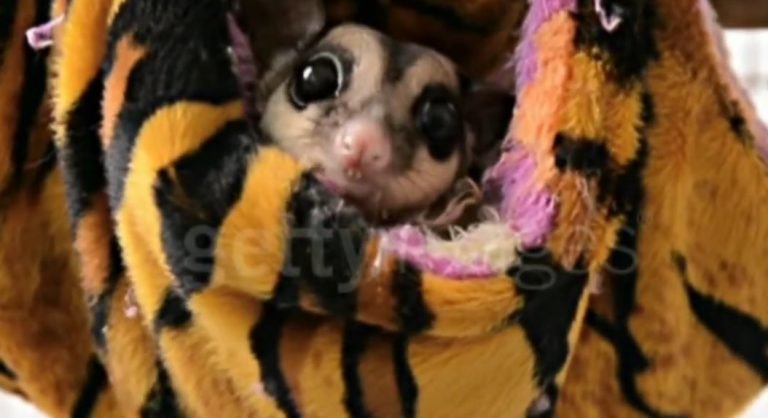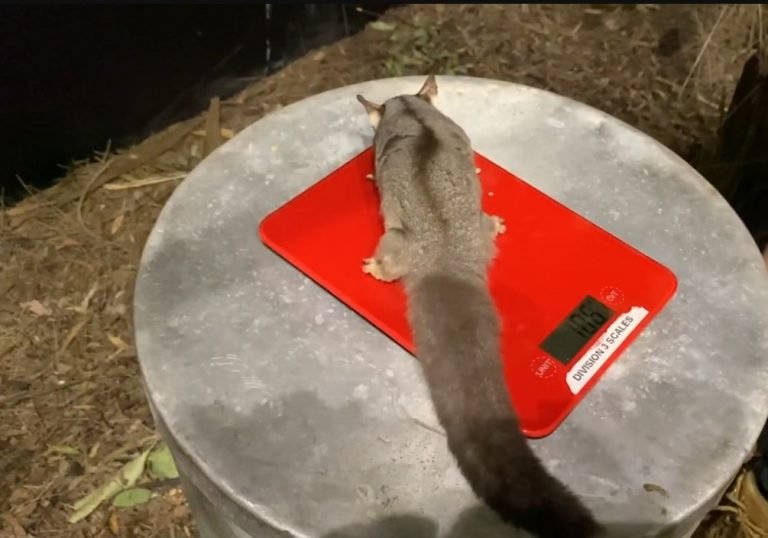What Do I Need For A Sugar Glider
What do I need for a Sugar Glider?
Sugar gliders are adorable little marsupials that have become quite popular as pets in recent years. If you’re considering getting a sugar glider as a pet, it’s important to understand their care requirements and what you’ll need to provide for them. In this article, we’ll cover all the essentials you’ll need to ensure a happy and healthy life for your sugar glider.
Housing
The first thing you’ll need to consider is housing for your sugar glider. They are active creatures that require space to move and play. A suitable cage or habitat is essential for their well-being. Here’s what you’ll need:

Cage
Invest in a spacious and secure cage made specifically for sugar gliders. The cage should have narrow bar spacing (no more than half an inch) to prevent them from escaping and getting injured. The size of the cage will depend on how many sugar gliders you plan to keep, but a larger cage is always better. Aim for a minimum of 24 inches wide, 24 inches deep, and 36 inches tall.
Perches and Toys
Sugar gliders love to climb and jump, so provide a variety of perches, branches, and ropes for them to play on. Look for cage accessories specifically designed for sugar gliders that are safe and non-toxic. Also, include toys and puzzles to keep them mentally stimulated.
Sleeping Pouch
Sugar gliders are nocturnal animals and need a cozy sleeping area during the day. Provide a soft, warm pouch or hammock where they can retreat and rest undisturbed. Multiple sleeping pouches are recommended if you have more than one sugar glider.
Diet
Proper nutrition is crucial for the health and well-being of your sugar glider. In the wild, they primarily consume nectar, sap, insects, and small vertebrates. Here’s what you’ll need in terms of their diet:
Pelleted Sugar Glider Food
To ensure a balanced diet, include a high-quality, pelleted sugar glider food as the main part of their diet. These specialized foods are formulated to provide all the essential nutrients sugar gliders need. Look for a brand that contains a variety of fruits, vegetables, and proteins.
Fresh Fruits and Vegetables
In addition to pelleted food, offer fresh fruits and vegetables to supplement their diet. Sugar gliders enjoy a variety of fruits such as apples, grapes, bananas, and berries. Vegetables like carrots, sweet potatoes, and leafy greens are also good choices. Avoid feeding them foods high in sugar or those that may be toxic to them, such as avocados and onions.
Insects and Protein
Sugar gliders require a source of protein in their diet. Offer them small amounts of insects like mealworms, crickets, and waxworms. You can also provide cooked chicken or boiled eggs as an additional protein source.
Environmental Enrichment
Sugar gliders are highly intelligent and social animals. They thrive in environments that provide mental stimulation and opportunities for social interaction. Here’s what you can do to keep them happy and engaged:
Socialization
Sugar gliders are social animals, so it’s important to spend time with them and provide opportunities for social interaction. Interact with your sugar glider daily by handling them gently and allowing them to climb on you. However, be cautious as they have sharp teeth and claws, and may bite or scratch if frightened or stressed.
Playtime and Bonding
Set aside regular playtime for your sugar glider outside of their cage. Create a safe and secure space where they can explore and exercise under your supervision. Bonding with your sugar glider is crucial for building trust and forming a strong relationship. Regular play sessions will help strengthen this bond.
Environmental Stimulation
Sugar gliders are curious creatures that enjoy exploring new things. Offer them different types of toys, puzzles, and foraging opportunities to keep them mentally stimulated. Rotate their toys regularly to prevent boredom and maintain their interest.
Healthcare
Ensuring the health and well-being of your sugar glider is a top priority. Regular veterinary check-ups, proper grooming, and good hygiene practices are essential. Here’s what you need to know:
Veterinary Care
Find a veterinarian who specializes in exotic or small animal care and schedule regular check-ups for your sugar glider. They need annual vaccinations, routine health exams, and preventive treatments for common parasites, such as fleas and ticks.
Grooming
Sugar gliders are naturally clean animals and groom themselves regularly. However, they may require occasional help with nail trims or bathing. Consult with your veterinarian on the appropriate grooming practices for your sugar glider.
Hygiene
Maintaining proper hygiene is important to prevent health issues. Clean your sugar glider’s cage regularly, removing any waste, urine, or uneaten food. Sanitize their belongings, such as toys and sleeping pouches, periodically. Ensure they always have access to clean fresh water.
Frequently Asked Questions
1. Can I house multiple sugar gliders together?
Yes, sugar gliders are social animals and can be housed together. However, it’s essential to provide a large enough cage with plenty of space and resources for each glider. It’s recommended to have at least two sugar gliders kept together to prevent loneliness and ensure proper socialization.
2. What is the average lifespan of a sugar glider?
Sugar gliders have an average lifespan of 10 to 15 years when properly cared for. With a balanced diet, regular veterinary care, and a stress-free environment, they can live longer and healthier lives.
3. Are sugar gliders legal to own as pets?
The legality of owning a sugar glider as a pet varies depending on the country, state, or province you live in. Before getting a sugar glider, research and familiarize yourself with the local laws and regulations regarding their ownership.
Final Thoughts
Sugar gliders can make wonderful, affectionate pets for the right owner. However, they require specific care and attention to thrive in captivity. By providing a suitable habitat, a balanced diet, environmental enrichment, and proper healthcare, you can ensure a happy and healthy life for your sugar glider companions. Before bringing one into your home, take the time to educate yourself on their needs and requirements to ensure you can meet them. With the right commitment and care, you’ll form a lasting bond with these charming little marsupials.

